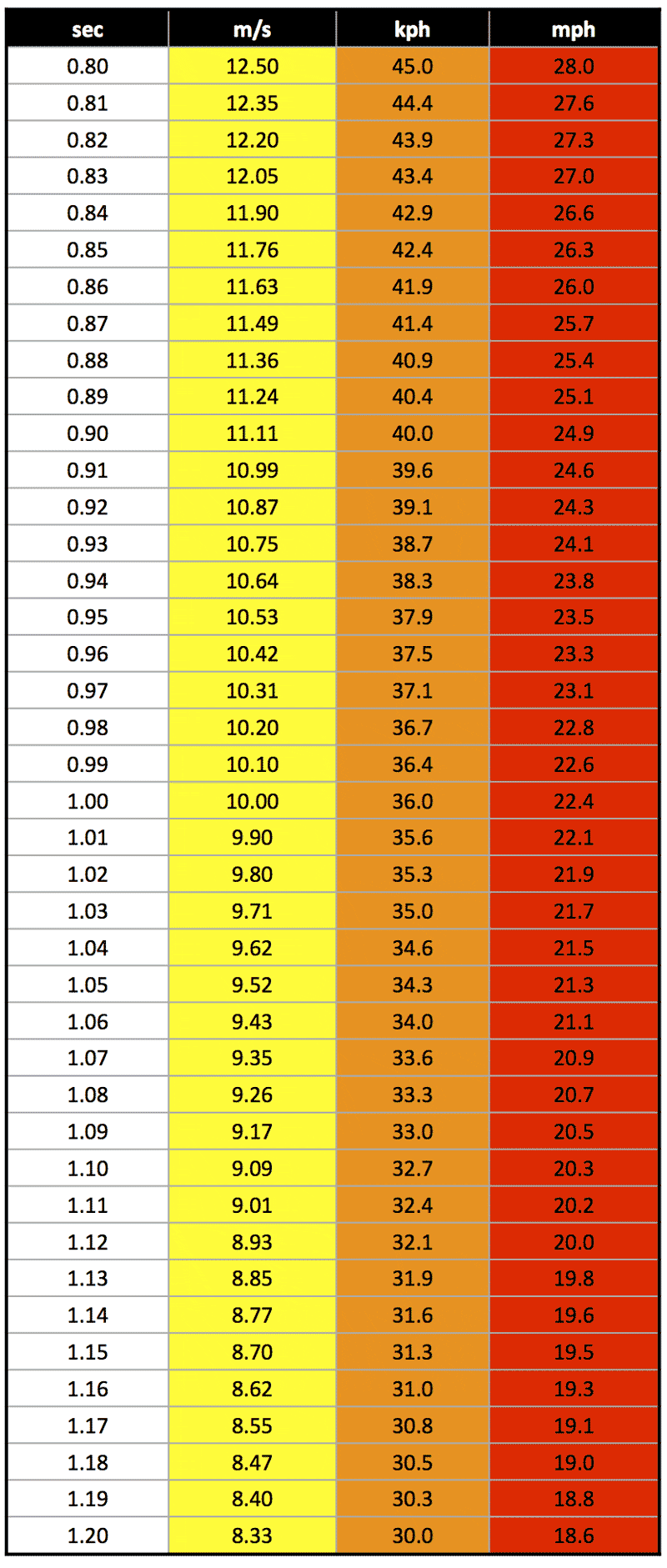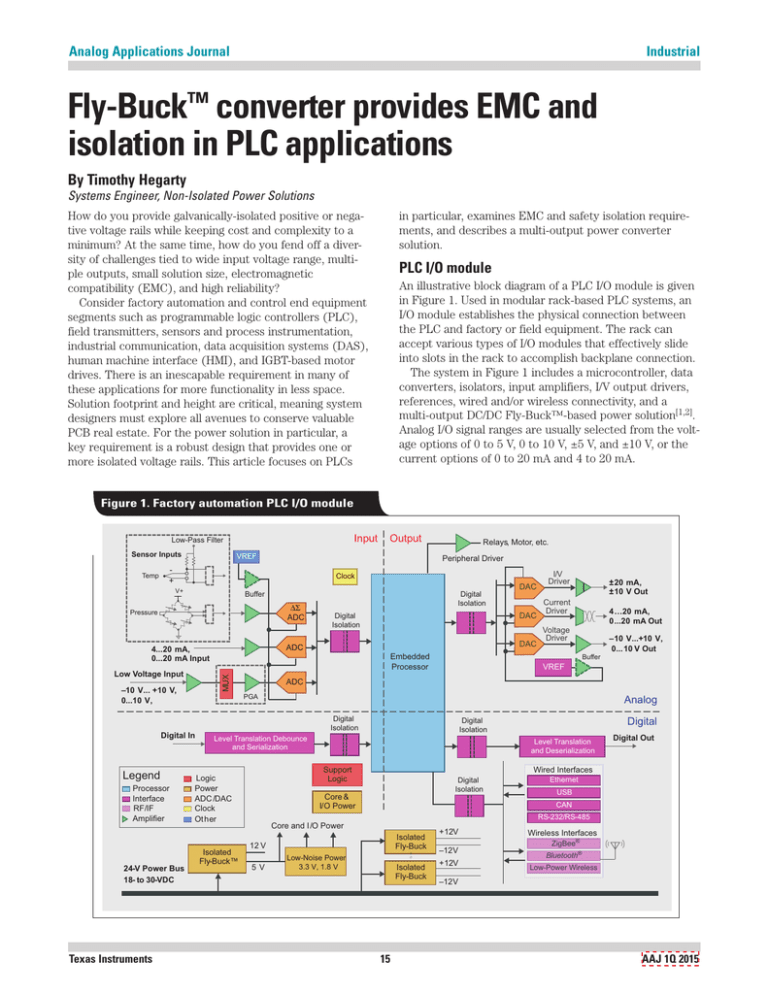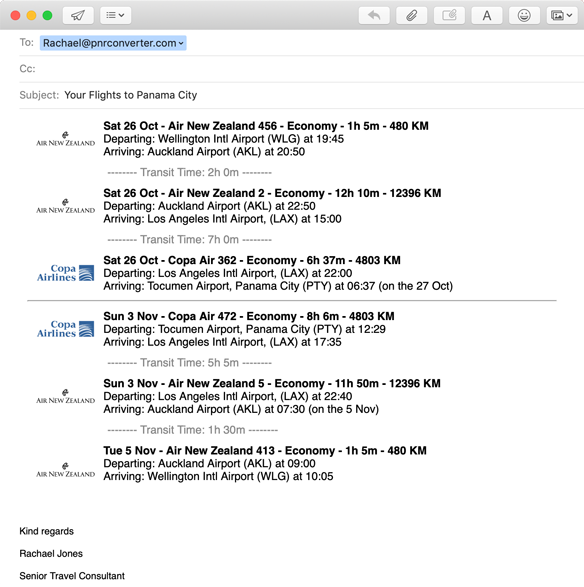

The difference in cycles may cause the motor in a 50 Hz appliance to operate slightly faster when used on 60 Hz electricity. Transformers and converters only convert the voltage, not the frequency. 3000 watts: tumble dryers and big air conditioners.1600 – 2000 watts: hair dryers, dishwashers, washing machines, vacuum cleaners, most appliances that have heating elements such as convector heaters, toasters, deep-frying pans, irons, grills and coffee makers.


The wattage rating of the transformer should always be larger than the wattage rating of the appliance to be plugged into it (plus a 25% buffer to allow for heat build-up in the transformer or converter). Therefore you must pay careful attention to the wattage ratings of the appliances to be plugged into a transformer. Transformers are sold in various sizes based on how much wattage they can support. Fortunately, nowadays all laptop, tablet and phone chargers are dual voltage, so they can be used with only a travel adapter. The advantage of converters, however, is that they are lighter and less expensive.Ĭomputers are electronic devices and therefore they must be used with a transformer, unless they are dual voltage. Transformers can also be used with electric appliances and may be operated continually for many days. Electronic products have a chip or circuit. Transformers also step up or down the voltage, but they are more expensive than converters and are used with “electronic” products. “INPUT: 120V”) and you are in Europe where the mains voltage is 230 V, you will need to step down the voltage. Luckily, many travel gadgets (such as laptops or phone chargers) are multi or dual voltage, so you will only need a travel adapter.

“INPUT: 100-240 V” means that your device is multi-voltage and that it will work with any voltage between 100 V and 240 V. That is why you need to check your device’s voltage listing. Since a travel adapter does not convert the voltage, you have to be sure that your appliance can deal with the electricity coming out of the socket. The plug of a Continental European appliance will not fit into an outlet in a foreign country without a plug adapter. However, they do not convert electricity. Travel adapters simply allow a device from one country to be plugged into the wall outlet of another country. First the good news: in many cases you may not need to carry much with you at all… Plug adapters (or travel adapters) What do I need to use my appliances abroad? What is the difference between a plug adapter and an electric converter? Here are the facts. Travel adapters do NOT convert the voltage! What do I need to use my appliances abroad?


 0 kommentar(er)
0 kommentar(er)
